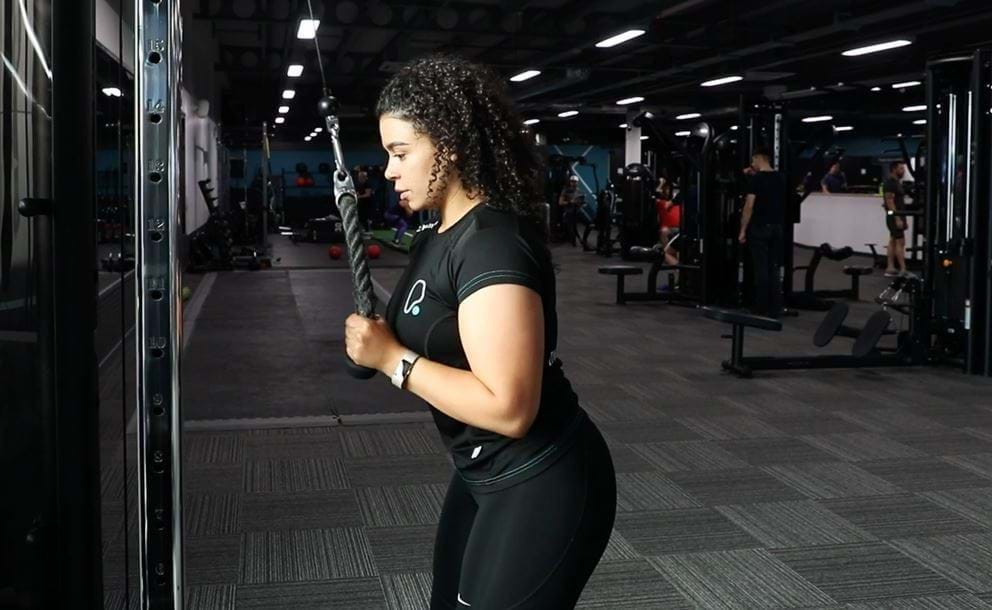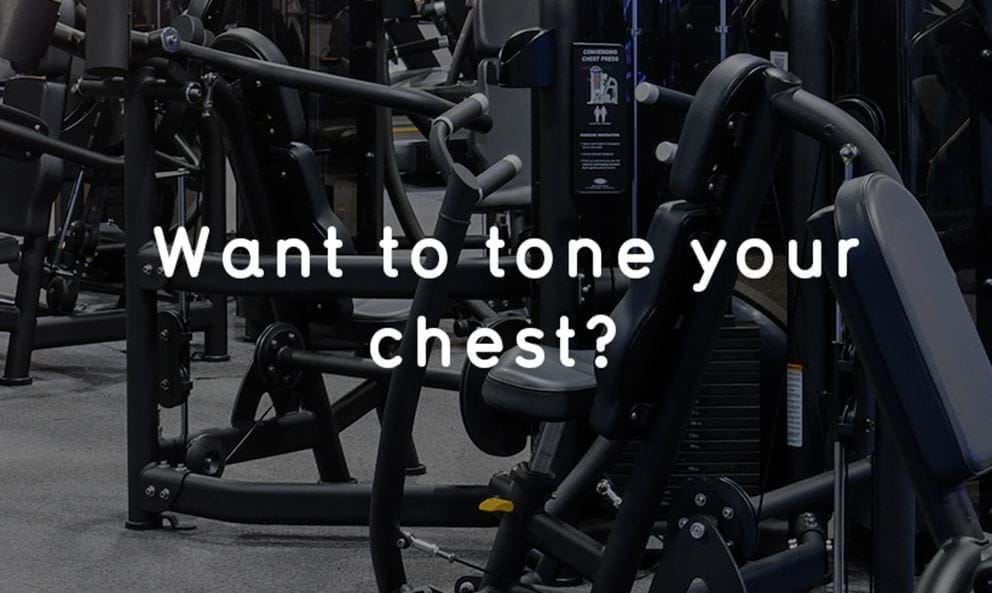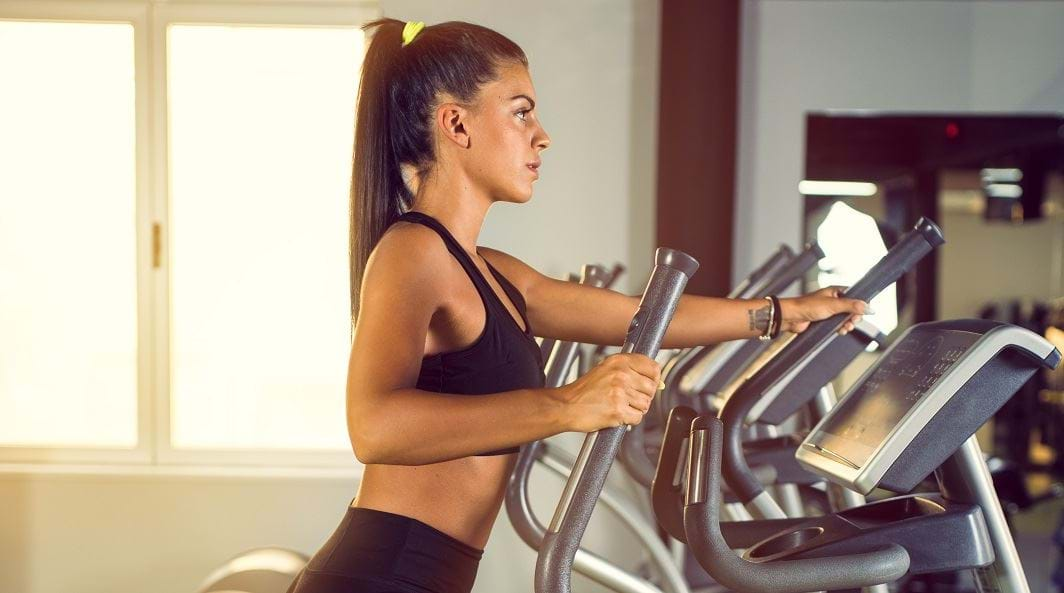Lifting Weights: A Guide to Equipment at the Gym

Lifting weights at the gym, however you’d like to incorporate them into your fitness routine, is an excellent way to boost your fitness, improve your strength and tone your body. But for many, the weights machines and equipment in the gym are too intimidating to consider – we understand that they can look technical and complicated and particularly unapproachable, especially for beginners. However, there’s no need to be daunted; with a little basic knowledge, you’ll be all set to test the waters and start using the weights equipment next time you’re in the gym.
Before your start, make sure your equipment is properly set up and ensure you’re at the correct weight for your workout by testing the weight gently before doing a full lift. Many people use the rule of thumb to start with 25% of your body weight and then increase 2 – 5 kgs every set until you find a weight that challenges you effectively, but this could vary with every piece of equipment.
Upper body workouts
- Seated chest press
What is it: This piece of equipment has a seat with two handles either side around chest height. These handles are connected to weights and when moved or lifted in a forwards motion, carry this weight gently through to the user.
How to use it: Take a seat at the machine, with your back and shoulders in contact with the back rest and adjust the handles so they're at your chest height. Take hold of the handles (sometimes you'll need to use the foot pedal to bring the handles into the correct position), making sure your wrist is straight and in-line with your hand. Without locking your elbow, slowly push your arms out until they're straight before easing back to starting position.
Benefits: The chest press will strengthen and tone the main muscles of the chest, shoulders and the backs of your arms - so your Pectoralis Major, Pectoralis Minor, anterior fibres of deltoid and triceps, as well as the biceps and big muscles of the shoulder and back. Perfect for building strength and power, so great for training for sports where you're likely to use a bat, club or racket.
- Shoulder Press
What is it: In some ways this is similar to the Chest Press, only the handles lift upwards above your head rather than forwards from your body.
How to use it: Take a seat at the machine and ensure the handles are adjusted so they sit at roughly your shoulder height. Grabbing the handles, press them directly overhead until your arms are straight but your elbows aren't locked. Slowly ease your arms back to starting position.
Benefits: This targets your shoulders, as well as your biceps, forearms and triceps, really helping to boost your overhead strength.
- Lat Pull Down
What is it: Another seated machine. Unlike the two above in which you lean back, with this machine you're seated forwards, leaning on a sloped support. In front of this is a bar with two handles connected to weights.
How to use it: Sitting facing the support, with your arms and elbows staying connected to the angled platform, grab hold of the handles with your palms facing towards you. Slowly ease the bars in towards your torso before returning to starting position.
Benefits: This is a great machine for shaping and toning your upper arms and forearms, and helping to build the muscles you use for a lot of general, everyday moments like picking up shopping bags.
- Cable Machine
What is it: The look of these machines can vary, but they will generally look like a steel frame, with a pull up bar at the top and TRX-style pulleys either side.
How to use it: These are brilliantly flexible machines that can be used in a wide number of ways. You can do pull ups, and other exercises that generally target the upper body (although you're not limited to that). For example, you can try cable flyes, triceps pushdowns, bicep curls, cable ab crunches or glute kickbacks. Check out our Beginners Guide to Cable Machines to find out more.
Benefits: This machine is perfect for creating resistance, with a particular focus on strengthening the upper body. From triceps and biceps to shoulders and abs, you can shape your workout to focus on different key areas.
Lower body workouts
- Leg Press
What is it: A seated piece of kit with a back rest that reclines at an angle. In front is a large steel plate, which is connected to weights.
How to use it: Sit with your feet hip-width apart on the foot plate with a 90 degree angle at the knees. Push out and straighten your legs, leaving a slight bend at the knees. Slowly return to the start position being careful not to allow the weights in the stack to touch to maintain the resistance on your muscles.
Benefits: The leg press will develop the quadriceps and hamstrings as well as your glutes, keeping your legs strong, helping with balance, endurance and powering your lifting.
- Hip abductor
What is it: A seat with a full back, which faces the machine, stationary support handles below the shoulders and weighted pads either side of the seat, around knee/thigh height.
How to use it: Sit upright with your back against the seat back, your feet flat and your spine neutral. Push your legs apart so they push against the pads, until your hips feel fully externally rotated, before slowly returning to starting position. Hold on to the support handles throughout to steady yourself.
Benefits: Fantastic for keeping your backside tight and toned by targeting your glutes, this machine can also help to prevent and ease pain in the hips and knees, improving flexibility and strength.
Full body workouts
- Olympic Lifting Platform
What is it: A very slightly raised platform that effectively looks like an area of flooring, with a slight spring.
How to use it: This is the main area of the gym to use if you're looking to lift very heavy weights -- namely for deadlifting.
Benefits: The material prevents your feet from slipping as you lift, helping with stability and protects the floor from heavy drops by adding a small amount of bounce and give.
- Squat Rack (or power rack)
What is it: As the name implies, this is a rack consisting of two metal stands which support a barbell, holding it like a trainer or spotter would do for you. It's designed to support weight as you do squat variations.
How to use it: Place the bar on the rack just below shoulder level, before stepping under with the bar resting on the back of your shoulders (just under the neck). Gripping with both hands either side, lift the bar off the rack by pushing towards the ceiling with your legs and straightening up your body. Step back from the power rack and position your legs shoulder width apart, toes pointing slightly outwards. Keep your head up and lower the bar by squatting down until parallel before pushing through the floor with your heels, straightening your legs to return to starting position.
Benefits: Squats are one of the most efficient exercises you can do for recruiting a large number of muscles in one go. The squat rack can help assist you in progressing as you add in increments of weight.
- Dumbbells
What is it: Usually presented in a rack with lots of varying weights, dumbbells are weights that fit in each hand.
How to use it: There are loads of different ways to incorporate dumbbells into your fitness routine. Check out our Upper Body Dumbbell Workout guide for some tips to get you started.
Benefits: Most workouts with dumbbells allow you to perform versions of the exercises mentioned already in this article, but in a more dynamic, flexible way.
Hopefully this guide has helped you to have a better understanding of the weights equipment in the gym. If you're still feeling nervous, speak to one of our Personal Trainers, who will be able to give you a few sessions to show you the ropes and help build your confidence. Need more inspiration? We've also shared some of our favourite gym machines for weight loss here.


